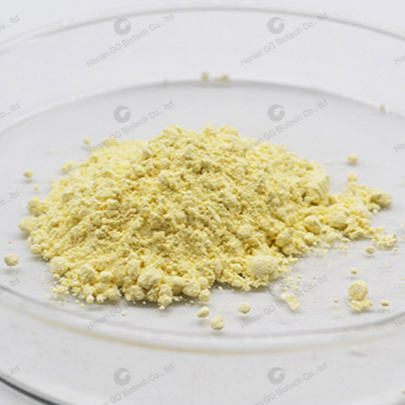In the automotive industry, the performance and longevity of components are paramount. Rubber antioxidants play a crucial role in enhancing the durability and resistance of automotive parts to aging. This article explores the applications and benefits of rubber antioxidants in automotive components.

Automotive components are subjected to harsh conditions, including extreme temperatures and exposure to ozone. Rubber antioxidants help prevent the oxidative degradation of rubber, which leads to cracking, hardening, and loss of elasticity. By integrating these antioxidants into rubber formulations, manufacturers can significantly extend the lifespan of automotive parts.

Several types of rubber antioxidants are commonly used in the automotive industry, including MB and RD antioxidants. These compounds inhibit the formation of free radicals during the aging process of rubber. Their effective use in tire manufacturing and sealing components contributes to improved overall vehicle safety and performance.

Rubber antioxidants are vital in maintaining the quality and durability of automotive components. By protecting against oxidative damage, these additives ensure that automotive parts perform optimally throughout their intended lifespan. As the automotive industry continues to evolve, the demand for high-performance rubber materials will only increase, highlighting the importance of integrating effective rubber antioxidants in manufacturing processes.
